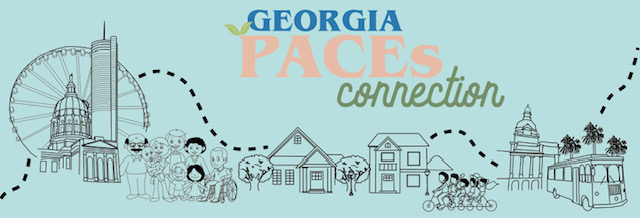Strategic Trauma and Abuse Recovery is an evidence-informed, spiritually integrated, structured process for conducting ACEs (trauma) recovery education and treatment. The Backbone of S.T.A.R. is The 3 Progressive Phases of Trauma and Abuse Recovery. These 3 phases are further broken down into 12 stages, which provides for transitions and breaks down the process in a simpler fashion. The stages provide a strategy for moving through the healing process, much like a map. It gives both providers and clients a structure to use as they move together through the healing process. Research is currently being conducted to move this model to evidence-based status and certification is available.
STAR is evidence-informed meaning:
- It is source-focused (as suggested by SAMHSA’s trauma best-practices standards).
- It is built around the elements suggested by research on the contextual model and includes a healing setting, a believable and acceptable explanation or rationale for the problems the client is experiencing and a specific method for resolving them, a safe, emotionally charged relationship with a healer or healing person, and a structured procedure or ritual which requires the involvement of both the client and the healer to bring about the cure or healing, (Wampold, et al, 2009).
- It follows the 3 phases of recovery identified by Judith Herman (1997), safety, grieving, and reconnecting.
- It utilizes structured writing that focuses on actual historical traumatic events which have been found to be as effective as EMD/R (Largo-Marsh, and Spates, 2002) and has shown to have a significant health impact (Pennebaker and Stone p. 204, 2004).
- The processing structure facilitates relationship factors suggested by the American Psychological Association, Division 29 (2000), including empathy, alliance, cohesion, goal consensus, and collaboration while blocking factors shown to interfere including confrontations, negative processes, assumptions, therapist centricity, rigidity, Ostrich behavior, and “Procrustean Bed” treatment models (Wampold et al, 2009).
- It is spiritually integrated because studies have shown that people who view God as a warm and caring, lovable friend and who view their religion as supportive are more likely to have positive health outcomes than those who take a negative view of God and their religion (Ellis, 2000). Spiritually integrated means that, in this case, this class will be specifically Christian integrated. However, counselors are expected to use the model to meet their clients where they are. We will focus on God, but allow for people to use “higher power” or not believe in God at all if they want to.
The structure brings together these various elements and integrates them into 3 Progressive Phases which are further broken down into 12 Strategic Stages to provide a road map for both treatment providers and their clients. Counselors and clients aren’t left wondering, “What’s next?” Because the structure provides for that.
Participants will receive a training manual which includes all materials as well as access to the back-office where they can download additional materials and handouts to use with clients. The training includes not only lecture but hands-on practice as a facilitator and/or a participant. This role-playing utilizes scripts written by the trainer which are based on actual past client experiences in STAR. You can read more and register or join our email list at www.TraumaEducation.com
Cost: Super Early Bird: $200; Early Bird: $350; Regular $425; At the Door: $500
April 25-27 Influencer’s Church, 5095 Post Road, Cumming, GA, 30040
June 20-22 Cord of Three Counseling, 204 S Crawford St, Waycross, GA 31503
Nov 7-9 Eagle’s Landing FBC, 2400 Hwy 42N, McDonough, GA 30253

Comments (0)